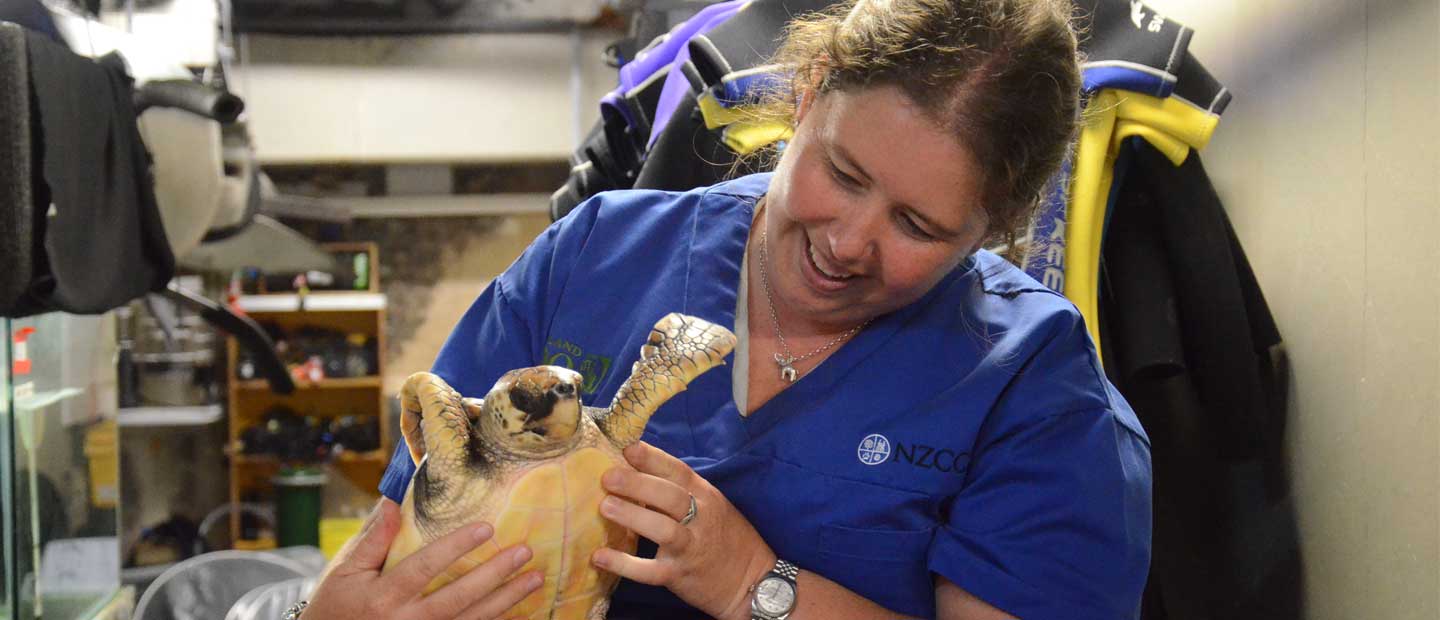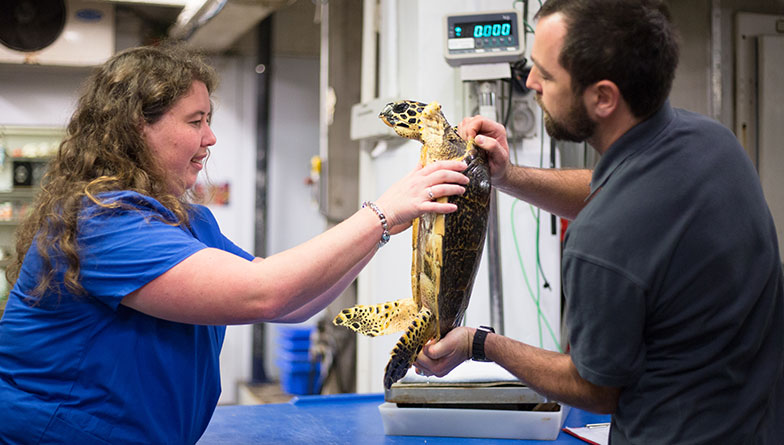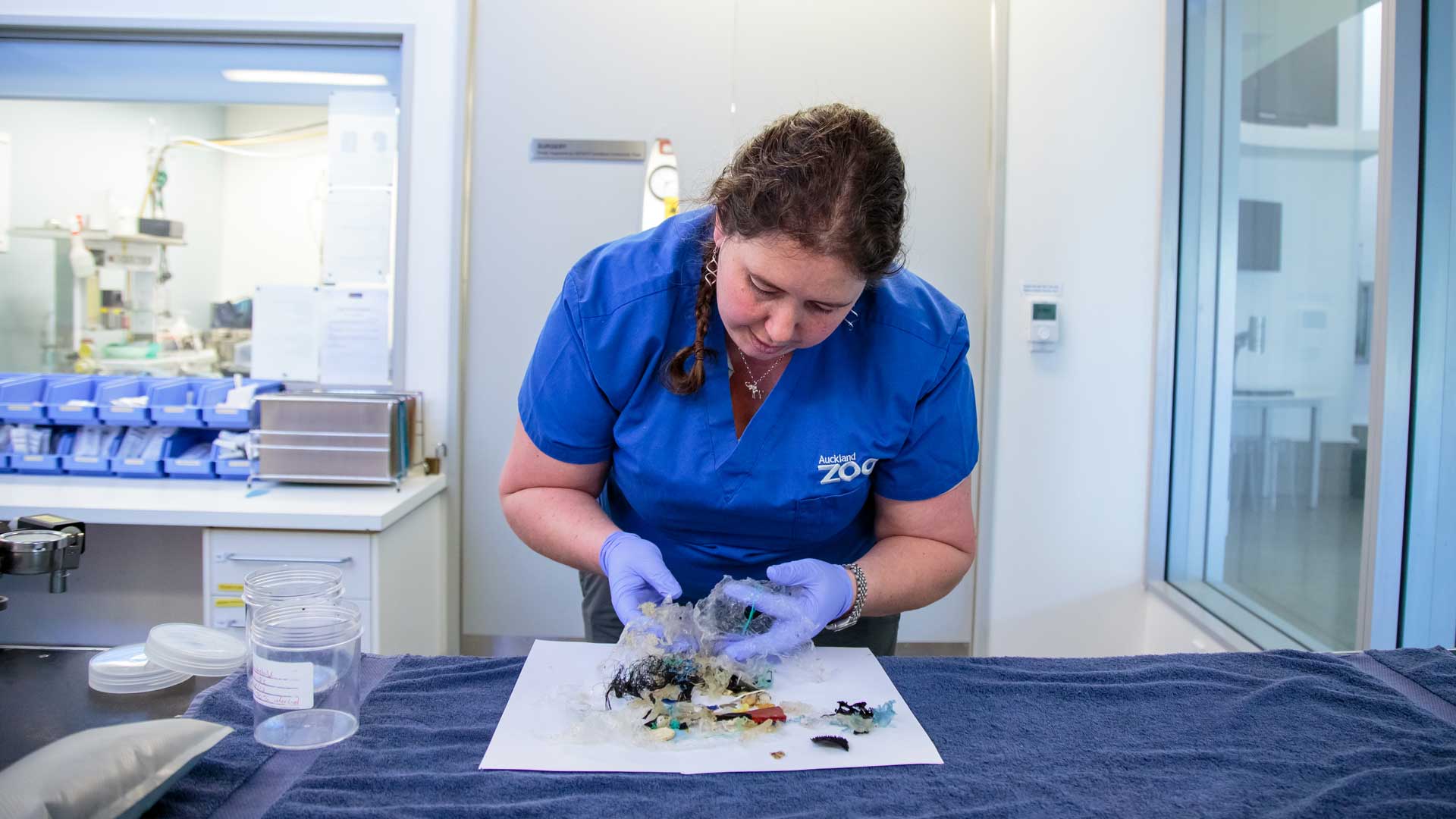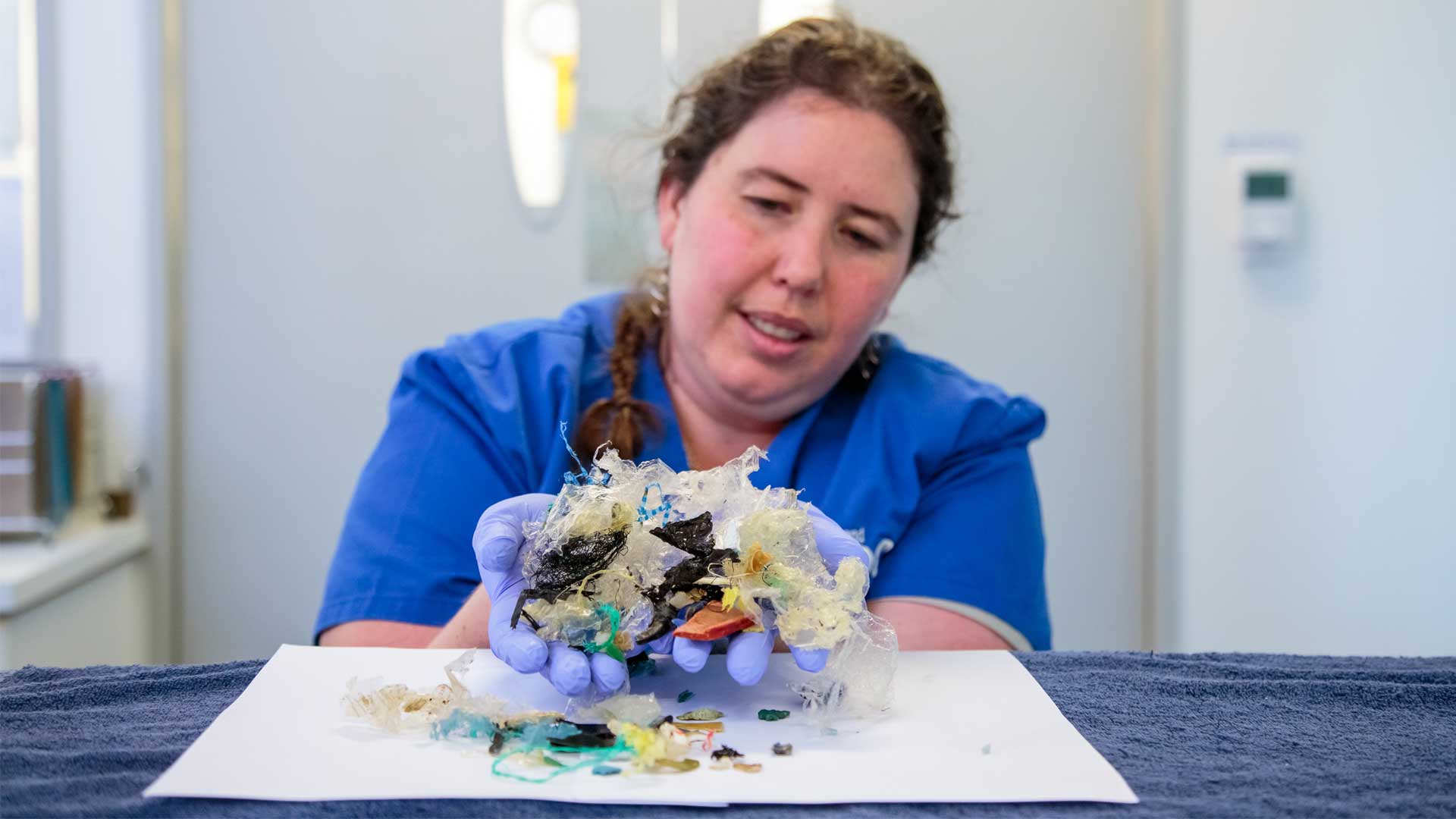This Plastic Free July, Auckland Zoo will be introducing free water stations at all its food outlets to replace single-use plastic water bottles.
From mid-July, visitors are being invited to BYO or purchase re-usable water bottles from its catering outlets and gift shop, WildZone, which will help the Zoo move closer to its goal of phasing out single-use plastic and create a better environment for wildlife and people.
Now CarboNZero certified Auckland Zoo eliminated single-use plastic bags seven years ago, uses compostable food packaging/utensils, and is working towards the removal of all single-use plastic bottles. The new chilled water stations, re-useable water bottles and coffee cups, will be available from mid-July, and in a few months’ time new purpose-designed outdoor water bottle filling stations will also be installed around the Zoo.





